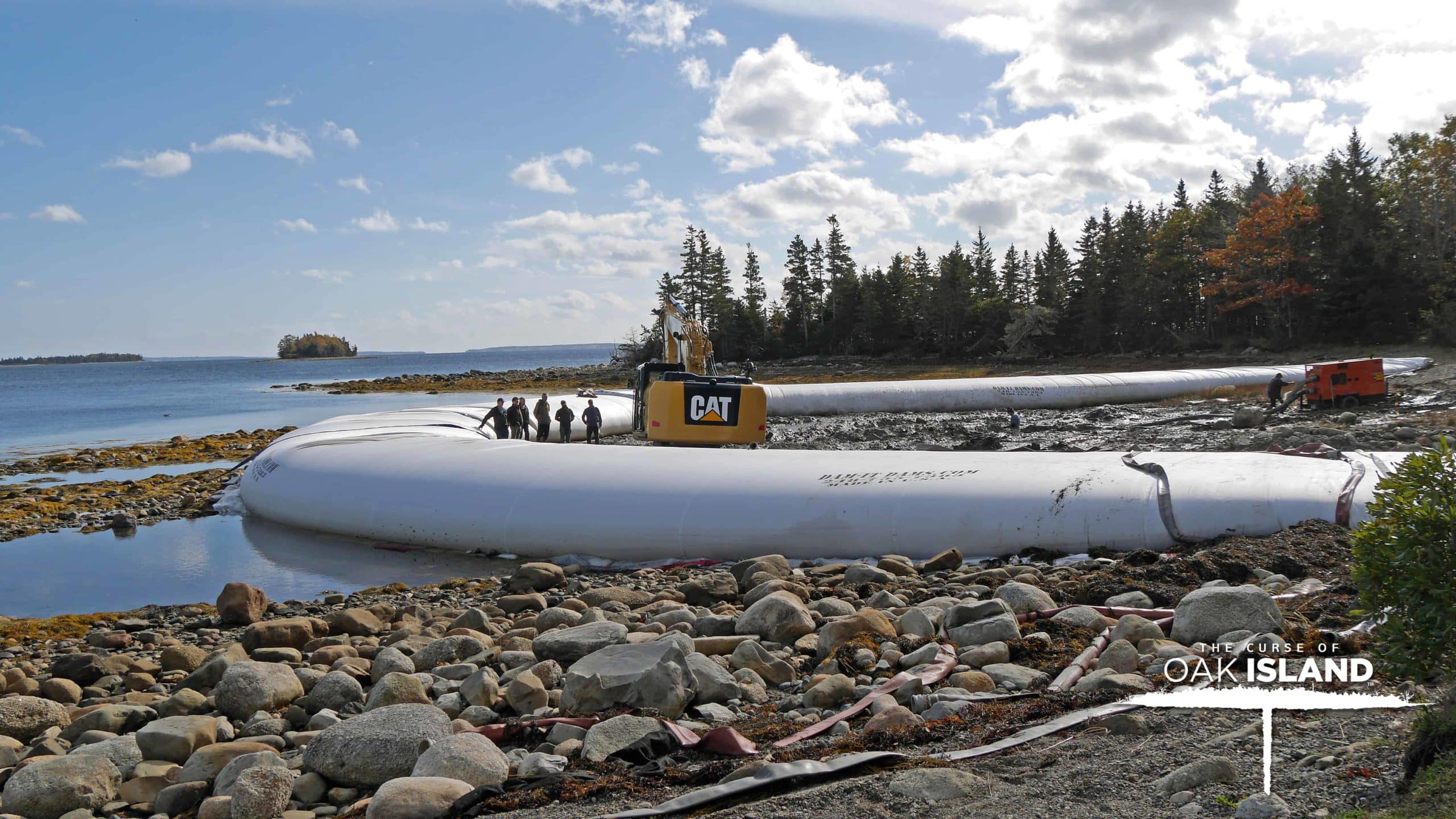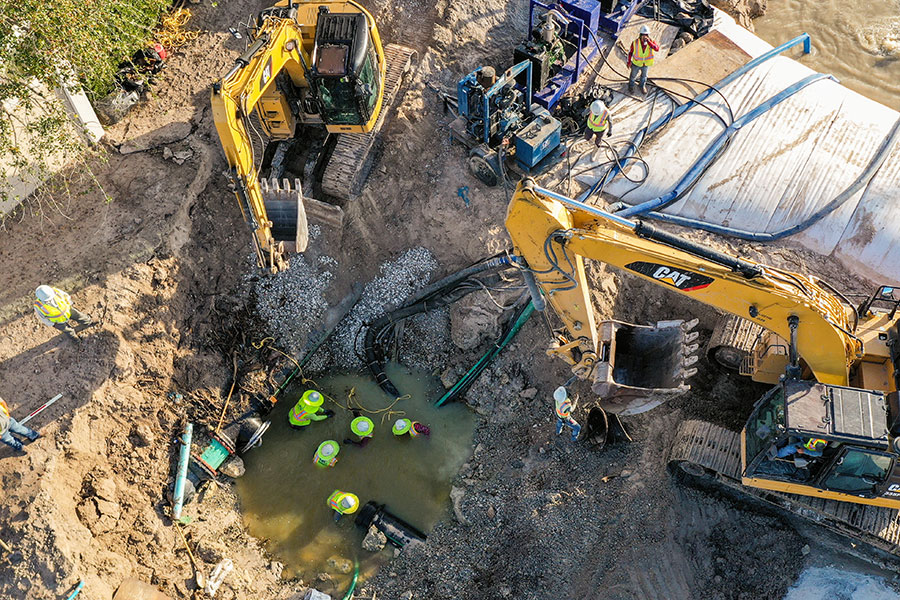What is dewatering? It draws water, slurry, and damp soil from a site or underground excavation area. Water intrusion and groundwater are crucial components that crews must remove from a construction site before, during, and sometimes even after you finish a construction project. Several methods can accomplish dewatering, each specific to the situation and type of water needed to be removed. Here we will explore some best practices for safely and effectively dewatering your construction site.
Know Where The Water Is Going First
While you may have a sudden surprise when striking groundwater or need dewatering due to working near a river or bay, knowing where your displaced water is going is essential before you set up equipment. Planning to use a drainage field, slurry container, or wastewater treatment plant ahead of time is the first step in a dewatering action plan. A failure to secure a good location for excess water can result in several adverse effects, including:
- Erosion: Water moved to an unprotected area can quickly deteriorate infrastructure and natural resources and, in the worst case, cause significant damage, such as a potential sinkhole.
- Blockages Of Infrastructure: Most water pumped from construction sites contains some pollutant or slurry that, if poured into a storm drain or sewer, can cause buildup and potential blockages. Only move clean or rainwater into public drains. Otherwise, it is vital to seek another option for storage and disposal.
- Destruction Of Rivers and Wetlands: While natural bodies of water can seem enticing to dispose of water, these delicate natural ecosystems can quickly become polluted or flooded depending upon the nature of the water moved from your site.
Utilize The Most Sound Methods Of Disposal
While not every construction site will need all of these, the best methods for dewatering your construction site should use the following practices:
- Check Your Local Ordinances: Depending upon your city and county, specific ordinances may govern what you can do and how you dewater. For example, many city provisions require the removal of sediment from water before you can safely drain it into public areas.
- If you can discharge water into the local area, try and locate a wooded area for the best absorption levels and reuse without damaging the local area.
- Use A Cofferdam: Inflatable cofferdams, like those sold by Dam-It-Dams, can redirect the water flow or create a temporary storage area for pumped slurry before processing. A cofferdam is portable, reusable, and can withstand incredible pressure, giving you the time and space needed to complete your work.
- Always test for contaminants before removing the water from a coffer-dammed area. The water could unintentionally introduce pollutants or industrial waste during construction.
- Use The Right Pump for The Job: If your construction operation is above the groundwater level, you may only need simple pumps to move it downhill. A submersible pump will likely be necessary if you are working at or below ground level. Often, such pumps must be operated at all times, lowering the groundwater level. (In such situations, a cofferdam may be doubly valuable, creating a barrier and allowing for constant dry conditions in an otherwise flood-prone construction site)
Reach Out to Dam-It-Dams for Help With Your Dewatering Efforts
Are you in need of a cofferdam for your dewatering solution? Call Dam-It-Dams at 810-695-1695 for an expert consultation. Here we have a vast selection of new cofferdams for purchase and a wide array of renting options should you only need the equipment for a single project.


